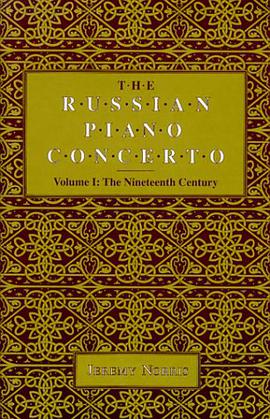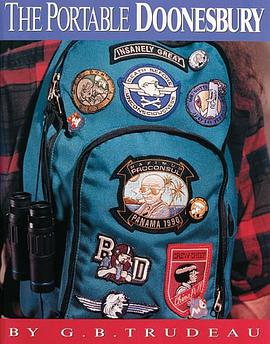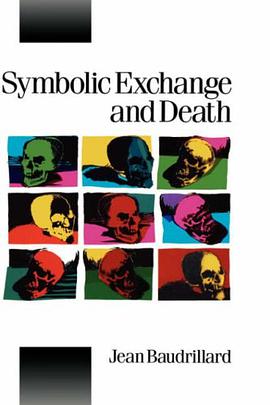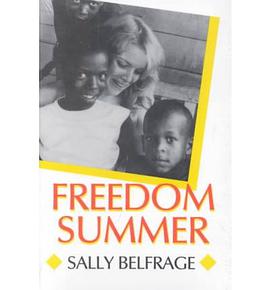

具体描述
Jeremy Norris traces the progress of the Russian piano concerto, which was at first inspired by a handful of dilettante concerto-style works and fantasias labelled 'for fortepiano or harpsichord'. Most early Russian piano concertos reflected stylistic features of Western European music, and several show evidence of plagiarism. Russian composers encountered problems of structural organization, a factor that prevented several, including Taneyev and Balakirev, from completing some of their works. Norris shows that even Tchaikovsky was not always able to solve problems of structure. Anton Rubinstein's five concertos offered substantial artistry; and the most successful works of the century - "Tchaikovsky's Concerto No. 1" in B-flat minor, Rimsky-Korsakov's "Concerto in C-sharp minor", and Balakirev's in E-flat - drew their inspiration from Russian folk song and Orthodox chant. Although the Russian piano concerto had inauspicious beginnings, its development during the nineteenth century laid superb artistic foundations for the monumental concertos of the twentieth century. Insights gained here will help performers and teachers to understand later developments in concerto writing.
作者简介
目录信息
读后感
评分
评分
评分
评分
用户评价
相关图书
本站所有内容均为互联网搜索引擎提供的公开搜索信息,本站不存储任何数据与内容,任何内容与数据均与本站无关,如有需要请联系相关搜索引擎包括但不限于百度,google,bing,sogou 等
© 2026 book.wenda123.org All Rights Reserved. 图书目录大全 版权所有




















